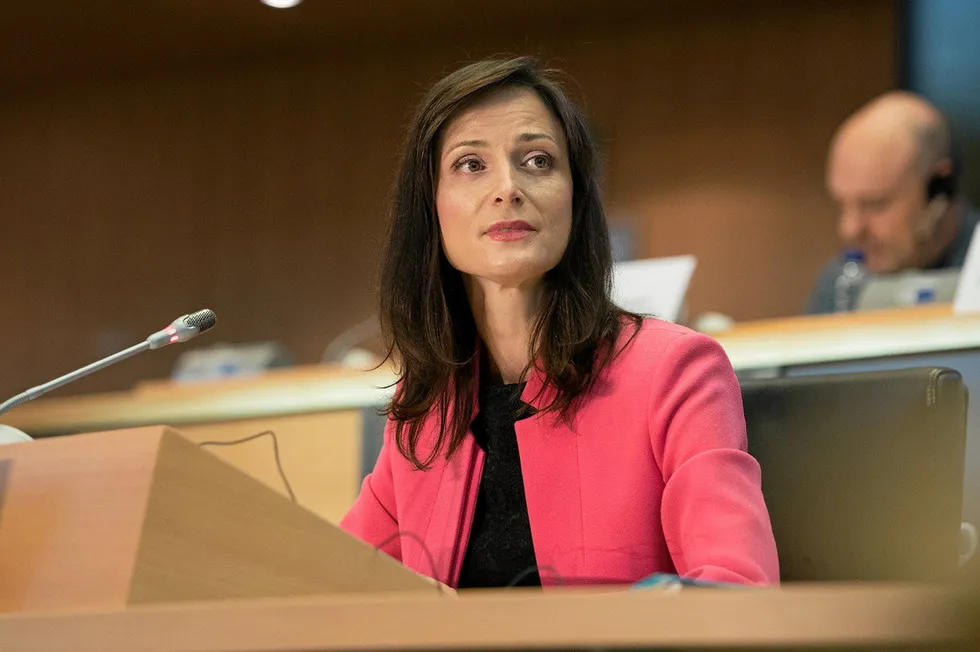Industrial clusters | Nine Hydrogen Valley projects selected to receive up to €105m of EU funding
Giant projects that produce and use H2 locally in line for public cash, starting with countries on the Adriatic and Baltic Seas

Giant projects that produce and use H2 locally in line for public cash, starting with countries on the Adriatic and Baltic Seas
